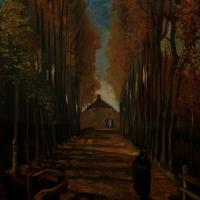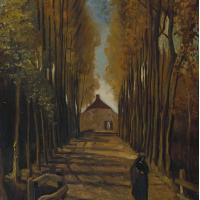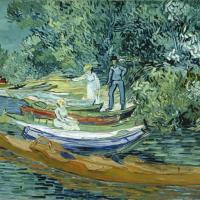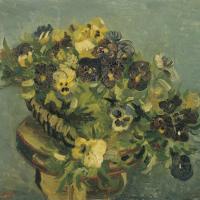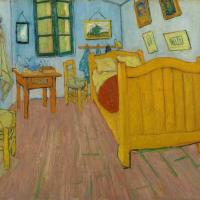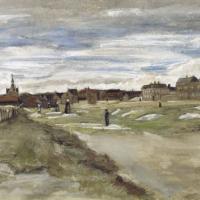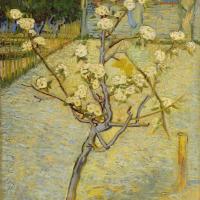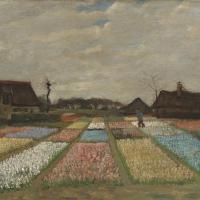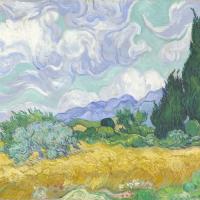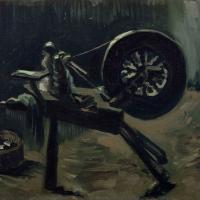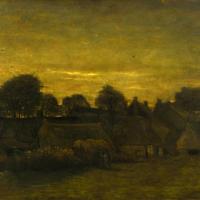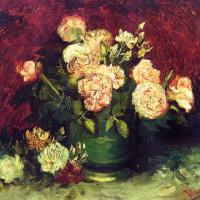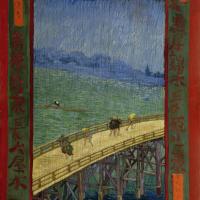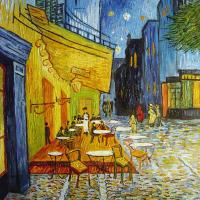Vincent Van Gogh
Bank Of The Oise At Auvers
$450.00
Bedroom
$450.00
Bloeiend Perenboompje
$450.00
Bloeiende Boomgaarden
$450.00
Blossoming Chestnut Branches
$450.00
Blossoming Chestnut Trees
$450.00
Blossoming Peach Tree
$450.00
Blumenbeete in Holland
$450.00
bo vi trung tranh
$249.00
bo vi trung tranh
$450.00
Bobbin Winder
$450.00
Boerendorp In De Avond
$450.00
Bowl with Peonies and Roses
$450.00
Bridge at arles
$450.00
Bridge In The Rain
$450.00
Cafe Table With Absinth
$450.00
Vincent Van Gogh
Vincent Van Gogh (1853-1890 )
Vincent Willem van Gogh (30 March 1853 – 29 July 1890) was a Dutch Post-Impressionist painter who is among the most famous and influential figures in the history of Western art. In just over a decade he created about 2,100 artworks, including around 860 oil paintings, most of them in the last two years of his life. They include landscapes, still lifes, portraits and self-portraits, and are characterised by bold colours and dramatic, impulsive and expressive brushwork that contributed to the foundations of modern art. However, he was not commercially successful, and his suicide at 37 followed years of mental illness and poverty.
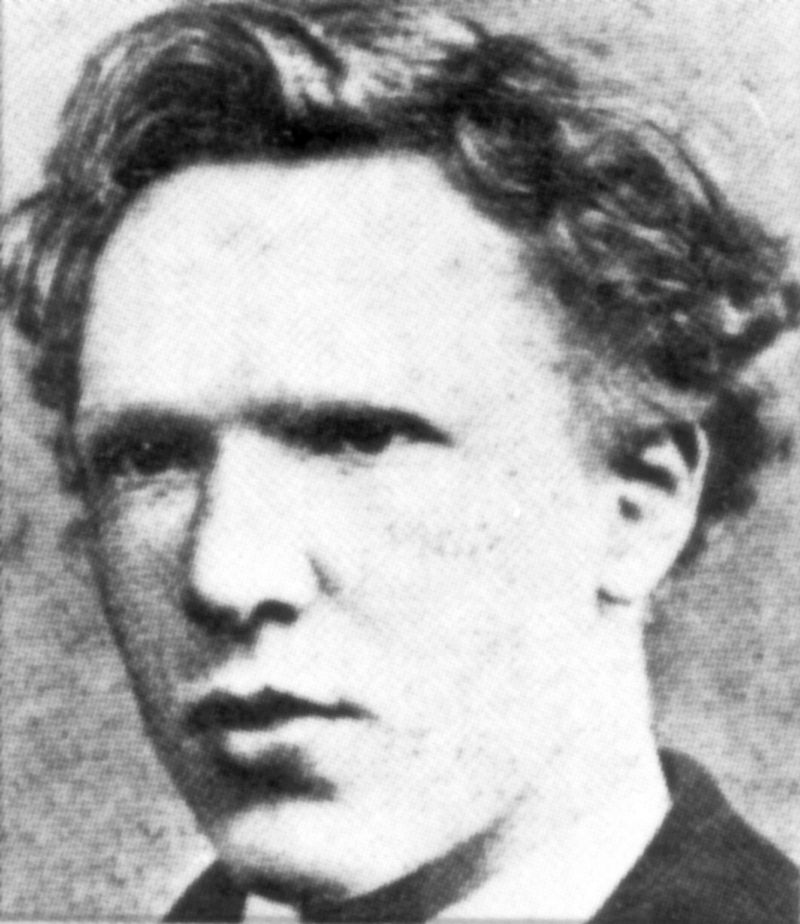
Born into an upper-middle-class family, Van Gogh drew as a child and was serious, quiet and thoughtful. As a young man he worked as an art dealer, often travelling, but became depressed after he was transferred to London. He turned to religion and spent time as a Protestant missionary in southern Belgium. He drifted in ill health and solitude before taking up painting in 1881, having moved back home with his parents. His younger brother Theosupported him financially, and the two kept up a long correspondence by letter. His early works, mostly still lifes and depictions of peasant labourers, contain few signs of the vivid colour that distinguished his later work. In 1886, he moved to Paris, where he met members of the avant-garde, including Émile Bernard and Paul Gauguin, who were reacting against the Impressionistsensibility. As his work developed he created a new approach to still lifes and local landscapes. His paintings grew brighter in colour as he developed a style that became fully realised during his stay in Arles in the south of France in 1888. During this period he broadened his subject matter to include series of olive trees, wheat fields and sunflowers.

Sunflowers, August 1889.Van Gogh Museum, Amsterdam
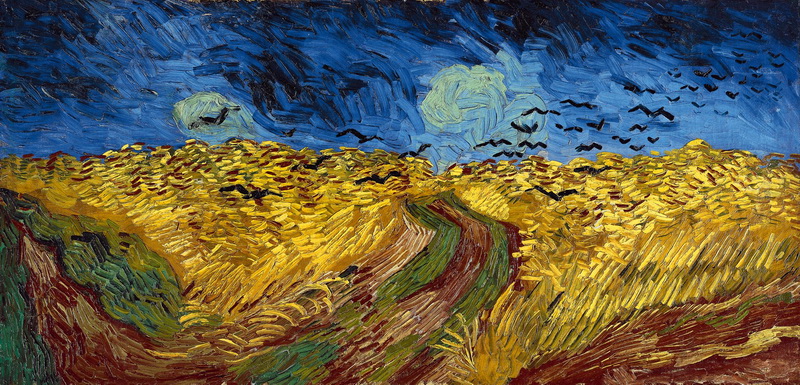
Van Gogh suffered from psychotic episodes and delusions and though he worried about his mental stability, he often neglected his physical health, did not eat properly and drank heavily. His friendship with Gauguin ended after a confrontation with a razor, when in a rage, he severed part of his own left ear. He spent time in psychiatric hospitals, including a period at Saint-Rémy. After he discharged himself and moved to the Auberge Ravoux in Auvers-sur-Oisenear Paris, he came under the care of the homeopathic doctor Paul Gachet. His depression continued and on 27 July 1890, Van Gogh shot himself in the chest with a revolver. He died from his injuries two days later.
Van Gogh was unsuccessful during his lifetime, and was considered a madman and a failure. He became famous after his suicide, and exists in the public imagination as the quintessential misunderstood genius, the artist "where discourses on madness and creativity converge". His reputation began to grow in the early 20th century as elements of his painting style came to be incorporated by the Fauves and German Expressionists. He attained widespread critical, commercial and popular success over the ensuing decades, and is remembered as an important but tragic painter, whose troubled personality typifies the romantic ideal of the tortured artist. Today, Van Gogh's works are among the world's most expensive paintings to have ever sold at auction, and his legacy is honoured by a museum in his name, the Van Gogh Museum in Amsterdam, which holds the world's largest collection of his paintings and drawings.
After Van Gogh's first exhibitions in the late 1880s, his reputation grew steadily among artists, art critics, dealers and collectors. In 1887 André Antoine hung Van Gogh's alongside works of Georges Seurat and Paul Signac, at the Théâtre Libre in Paris; some were acquired by Julien Tanguy. In 1889 his work was described in the journal Le Moderniste Illustré by Albert Aurier as characterised by "fire, intensity, sunshine". Ten paintings were shown at the Société des Artistes Indépendants, in Brussels in January 1890. French president Marie François Sadi Carnot was said to have been impressed by Van Gogh's work.
After Van Gogh's death, memorial exhibitions were held in Brussels, Paris, The Hague and Antwerp. His work was shown in several high-profile exhibitions, including six works at Les XX; in 1891 there was a retrospective exhibition in Brussels. In 1892 Octave Mirbeau wrote that Van Gogh's suicide was an "infinitely sadder loss for art ... even though the populace has not crowded to a magnificent funeral, and poor Vincent van Gogh, whose demise means the extinction of a beautiful flame of genius, has gone to his death as obscure and neglected as he lived."
Theo died in January 1891, removing Vincent's most vocal and well-connected champion. Theo's widow Johanna van Gogh-Bonger was a Dutchwoman in her twenties who had not known either her husband or her brother-in law very long and who suddenly had to take care of several hundreds of paintings, letters and drawings, as well as her infant son, Vincent Willem van Gogh. Gauguin was not inclined to offer assistance in promoting Van Gogh's reputation, and Johanna's brother Andries Bonger also seemed lukewarm about his work. Aurier, one of Van Gogh's earliest supporters among the critics, died of typhoid fever in 1892 at the age of twenty-seven.
Van Gogh's fame reached its first peak in Austria and Germany before World War I, helped by the publication of his letters in three volumes in 1914. His letters are expressive and literate, and have been described as among the foremost 19th-century writings of their kind. These began a compelling mythology of Van Gogh as an intense and dedicated painter who suffered for his art and died young. In 1934, the novelist Irving Stone wrote a biographical novel of Van Gogh's life titled Lust for Life, based on Van Gogh's letters to Theo. This novel and the 1956 film further enhanced his fame, especially in the United States where Stone surmised only a few hundred people had heard of van Gogh prior to his surprise best-selling book.
Van Gogh's works are among the world's most expensive paintings. Those sold for over US$100 million (today's equivalent) include Portrait of Dr Gachet, Portrait of Joseph Roulin and Irises. The Metropolitan Museum of Art's version of Wheat Field with Cypresses was acquired in 1993 for US$57 million. In 2015 L'Allée des Alyscamps sold for US$66.3 million at Sotheby's, New York, exceeding its reserve of US$40 million.
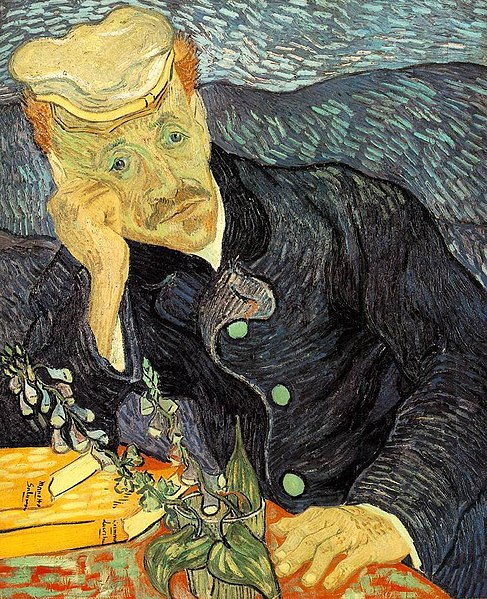
Portrait of Dr. Gachet was painted in June 1890 at Auvers-sur-Oise, during the last months of van Gogh's life, before his suicide.
Van Gogh's nephew and namesake, Vincent Willem van Gogh (1890–1978), inherited the estate after his mother's death in 1925. During the early 1950s he arranged for the publication of a complete edition of the letters presented in four volumes and several languages. He then began negotiations with the Dutch government to subsidise a foundation to purchase and house the entire collection. Theo's son participated in planning the project in the hope that the works would be exhibited under the best possible conditions. The project began in 1963; architect Gerrit Rietveld was commissioned to design it, and after his death in 1964 Kisho Kurokawa took charge. Work progressed throughout the 1960s, with 1972 as the target for its grand opening.
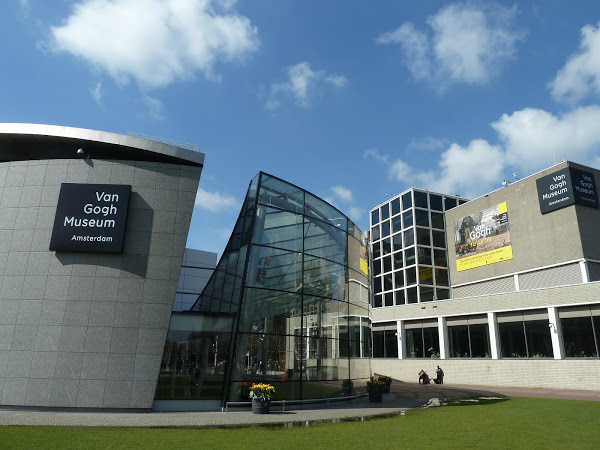
The Van Gogh Museum in Amsterdam, Netherlands
The Van Gogh Museum opened in the Museumplein in Amsterdam in 1973. It became the second most popular museum in the Netherlands, after the Rijksmuseum, regularly receiving more than 1.5 million visitors a year. In 2015 it had a record 1.9 million; 85 percent of the visitors come from other countries.
Source: Wiki



